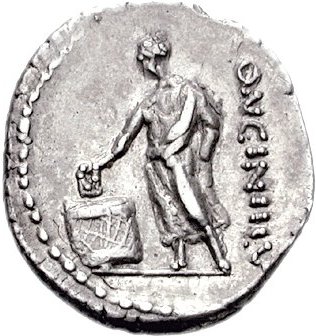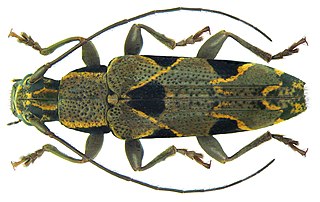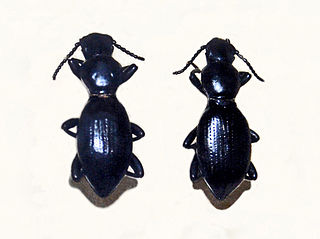
The term tribe is used in many different contexts to refer to a category of human social group. The predominant worldwide usage of the term in English is in the discipline of anthropology. Its definition is contested, in part due to conflicting theoretical understandings of social and kinship structures, and also reflecting the problematic application of this concept to extremely diverse human societies. The concept is often contrasted by anthropologists with other social and kinship groups, being hierarchically larger than a lineage or clan, but smaller than a chiefdom, ethnicity, nation or state. These terms are similarly disputed. In some cases tribes have legal recognition and some degree of political autonomy from national or federal government, but this legalistic usage of the term may conflict with anthropological definitions.

Legio II Adiutrix was a legion of the Imperial Roman army founded in AD 70 by the emperor Vespasian, originally composed of Roman navy marines of the classis Ravennatis. There are still records of II Adiutrix in the Rhine border in the beginning of the 4th century. The legion's symbols were a Capricorn and Pegasus.

Legio X Gemina, was a legion of the Imperial Roman army. It was one of the four legions used by Julius Caesar in 58 BC, for his invasion of Gaul. There are still records of the X Gemina in Vienna in the beginning of the 5th century. The legion symbol was a bull. Early on in its history, the legion was called X Equestris (mounted), because Caesar once used the legionaries as cavalry.

Henri Louis Frédéric de Saussure was a Swiss mineralogist and entomologist specialising in studies of Hymenoptera and Orthopteroid insects. He also was a prolific taxonomist.

Tiliaceae is a family of flowering plants. It is not a part of the APG, APG II and APG III classifications, being sunk in Malvaceae mostly as the subfamilies Tilioideae, Brownlowioideae and Grewioideae, but has an extensive historical record of use.

Myron T. Tribus was an American organizational theorist, who was the director of the Center for Advanced Engineering Study at MIT from 1974 to 1986. He was known as leading supporter and interpreter of W. Edwards Deming, for popularizing the Bayesian methods, and for coining the term "thermoeconomics".

A taxonomic system, the Bentham & Hooker system for seed plants, was published in Bentham and Hooker's Genera plantarum ad exemplaria imprimis in herbariis kewensibus servata definita in three volumes between 1862 and 1883.

A tribus, or tribe, was a division of the Roman people for military, censorial, and voting purposes. When constituted in the comitia tributa, the tribes were the voting units of a legislative assembly of the Roman Republic.
A Roman colonia was originally a settlement of Roman citizens, establishing a Roman outpost in federated or conquered territory, for the purpose of securing it. Eventually, however, the term came to denote the highest status of a Roman city. It is also the origin of the modern term "colony".

The SEAT Tribu was a compact SUV concept car that was built by the Spanish automaker SEAT, S.A. in the autumn of 2007.

The Dinagyang Festival is a religious and cultural festival in Iloilo City, Philippines, held annually on the fourth Sunday of January in honor of Santo Niño, the Holy Child. It is one of the largest festivals in the Philippines, drawing hundreds of thousands to over a million visitors every year.

Tribehou is a commune in the Manche department in Normandy in north-western France.

Enidae is a family of air-breathing land snails, terrestrial pulmonate gastropod mollusks.

Brachycerinae is a weevil subfamily in the family Brachyceridae.

Tmesisternini is a tribe of beetles in the subfamily Lamiinae containing the following genera:

Dorcadiini is a tribe of longhorn beetles of the subfamily Lamiinae. It was described by Pierre André Latreille in 1825.

Eunidiini is a tribe of longhorn beetles of the subfamily Lamiinae. It was described by Téocchi et al. in 2010.

Mesostena puncticollis, the opossum beetle, is a species of darkling beetles in the subfamily Pimeliinae.

The Mascogos are an Afro-descendant group in Coahuila, Mexico. Centered on the town of El Nacimiento in Múzquiz Municipality, the group are descendants of Black Seminoles escaping the threat of slavery in the United States.


















